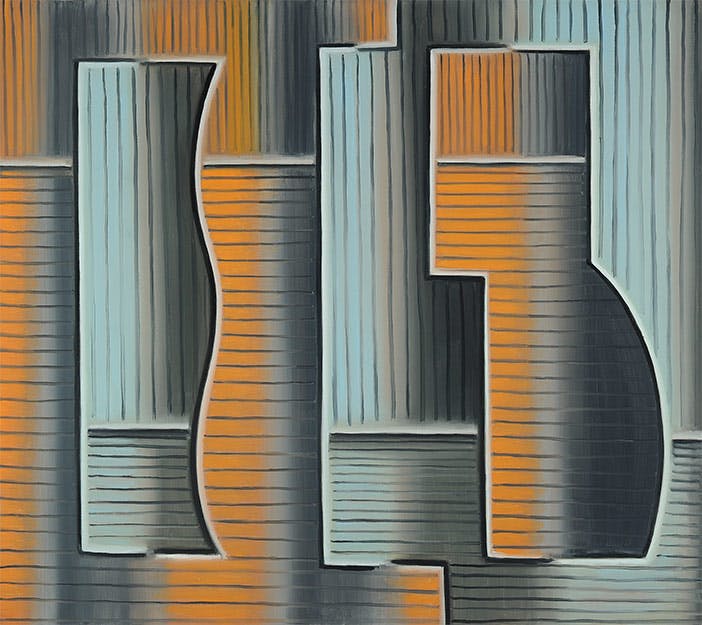Abstraction: The Heide Collection From Nolan to the '90s
Free with Museum Pass
Free entry
This exhibition brings together a selection of Heide Collection works from the 1930s to those by present-day artists that show several individual approaches to abstraction. The featured artists are predominantly painters who share a gestural or lyrical style of mark-making.
The earliest works in the exhibition are by Sam Atyeo and Sidney Nolan, two of the first proponents of abstraction in Melbourne. Both studied for a time at the National Gallery School before rejecting its academic approach in favour of self-directed, more experimental practices. Atyeo’s non-objective compositions based on living forms were often inspired by dance and music, while Nolan produced geometric designs with expressive elements that take their cue from the work of Bauhaus modernists such as Paul Klee and László Moholy-Nagy.
The next phase of modernist abstraction is represented by contemporaries John Passmore, whose painting evolves from Cezanne-like forms, and Roger Kemp, whose paintings and prints are inspired by universal rhythms and the transcendental possibilities of non-representational visual language. More recent works by Paul Boston extend this approach in their meditative arrangements of ambiguous organic shapes that draw on his experience of Zen philosophy and his reflections on being. Open-ended associations are likewise a hallmark of Aida Tomescu’s intensively worked paintings, which combine a dense application of paint, emotive colour and calligraphic brushstrokes. With evocative titles they summon figurative allusions yet at the same time resist being limited to one interpretation.
